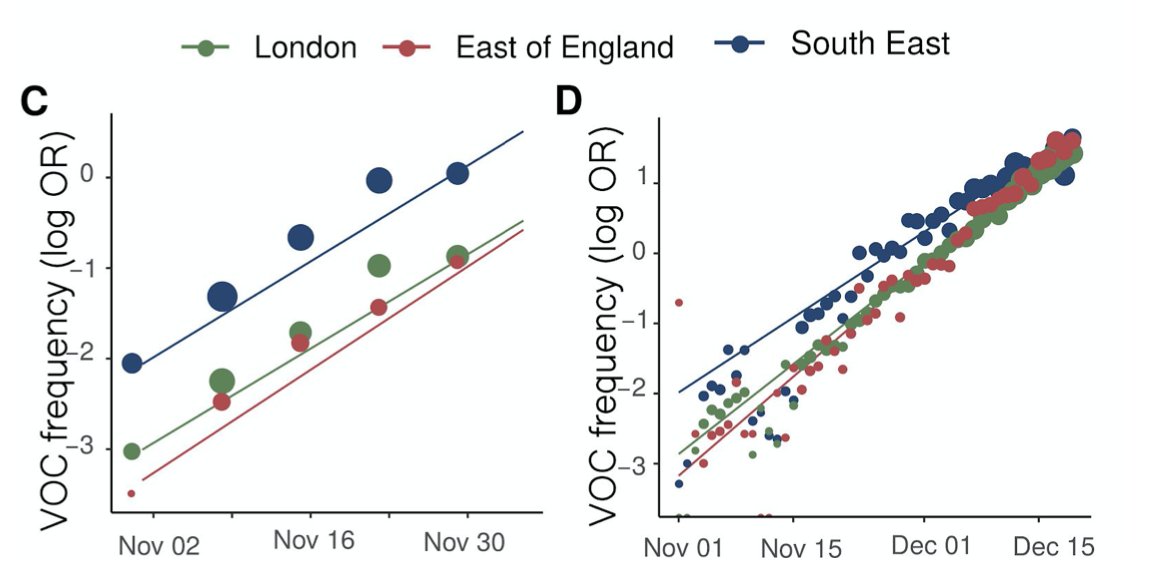
MHRA approval document has some information on the basis for approving Oxford/AZ vaccine. Efficacy numbers are the same (pooled) as from the Lancet paper. assets.publishing.service.gov.uk/government/upl…
There's no mention of 1/2 doses, but what's interesting is this table on antibody titres after doses 1 & 2. First of all, some effect after 1 dose, secondly way higher antibodies if second dose is >12 weeks after 1st. 

Of course will be key to see if that translates into better clinical efficacy (presumably trials ongoing or starting), but I can now see rationale behind UK gov't's apparent plan: get first jab into tons of people, and space out second jab.
Hopefully means some immunity in more people ASAP and potentially gets maximum bang for buck in second dose. Logistically far from ideal, but if it works out it will be transformative.
• • •
Missing some Tweet in this thread? You can try to
force a refresh





